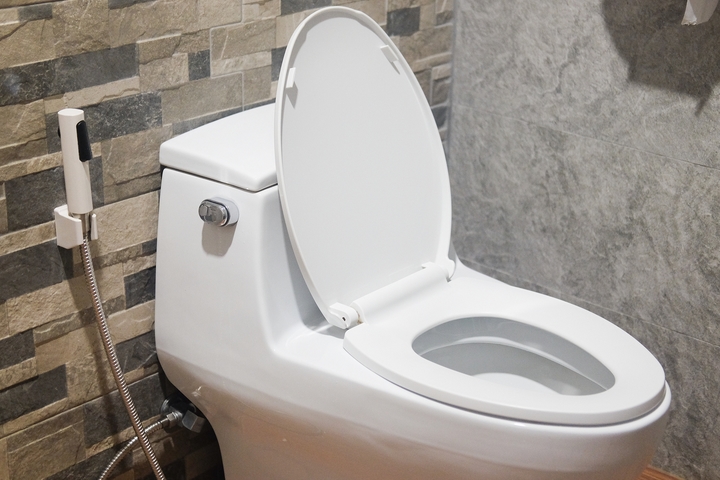12 Different Types of Toilets and Their Characteristics
Toilets are surprisingly diverse in what types are offered, what features are included, and the function, which many people might find simple. If you are searching for a way to increase the appeal of your bathroom, selecting a new type of toilet can provide something new, trendy, and different.
Many toilets vary in size. Height can vary from 21 to 31 inches. Depth is in the 27 to 30-inch range. The width is a maximum of 20 inches. Different models occasionally play with these ranges and adjust depending on effect, function, and style.
As for what’s most appropriate for your bathroom, everything will be dictated by the available space you have. You also need to consider the plumbing system that is already installed. If you want to install a non-standard toilet, speak with a plumber Hamilton first to get their input.
Here are twelve different types of toilets and their characteristics:
Type #1: Dual-Flush Toilet
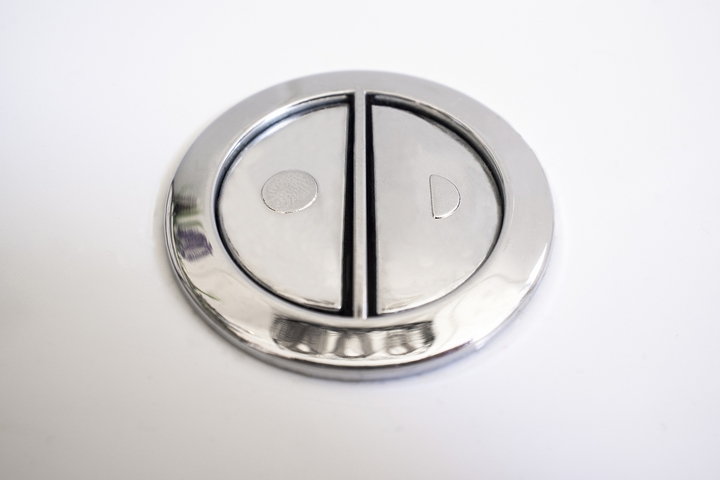
A dual-flush toilet has two flush buttons. There’s a ‘half-flush’ for liquid waste and a ‘full flush for solid waste. This is a style of toilet designed to uphold water efficiency. It is a popular toilet in communities where water shortages are more common or focus on eco-friendliness.
Type #2: Two-Piece Toilet
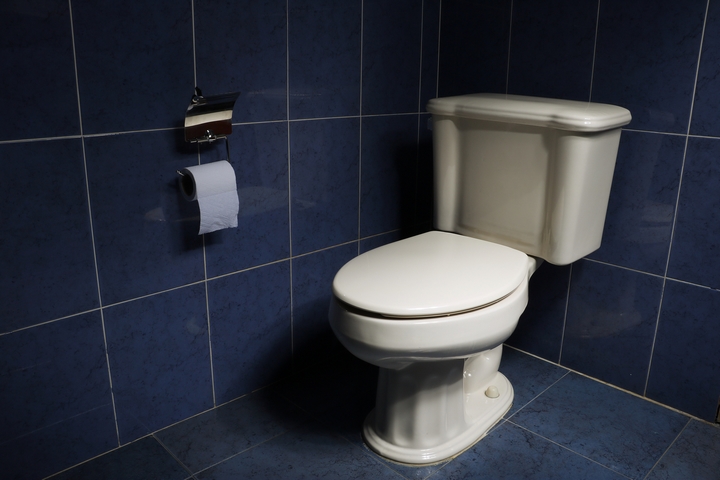
Types of toilets can be divided by their function and style. A two-piece toilet is probably what you have in your home right now. The water tank and toilet bowl are separate. That’s what makes this a two-piece. While affordable and durable, they are also difficult to properly sanitize and clean.
Type #3: One-Piece Toilet
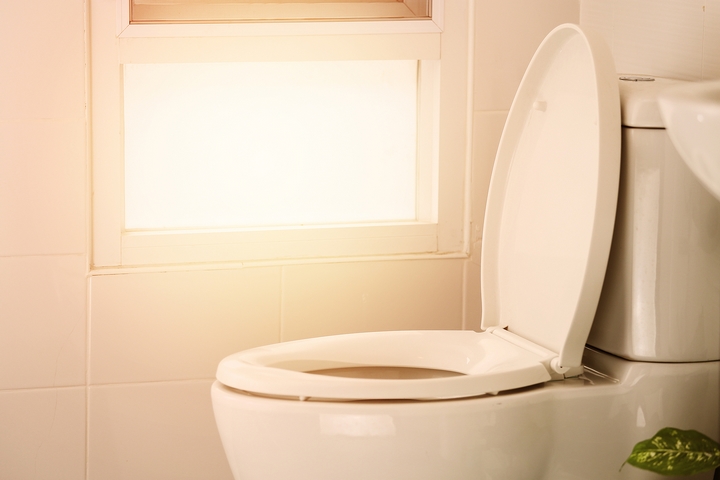
A one-piece toilet is a single piece of porcelain. They’re very easy to install, are much easier to clean, and have no hard-to-reach areas. The downside to a one-piece toilet is that they’re not as affordable as a two-piece. The advantage, though, is that they’re small, so for a bathroom that doesn’t have a lot of space, they’re perfect.
Type #4: Gravity-Flush Toilet
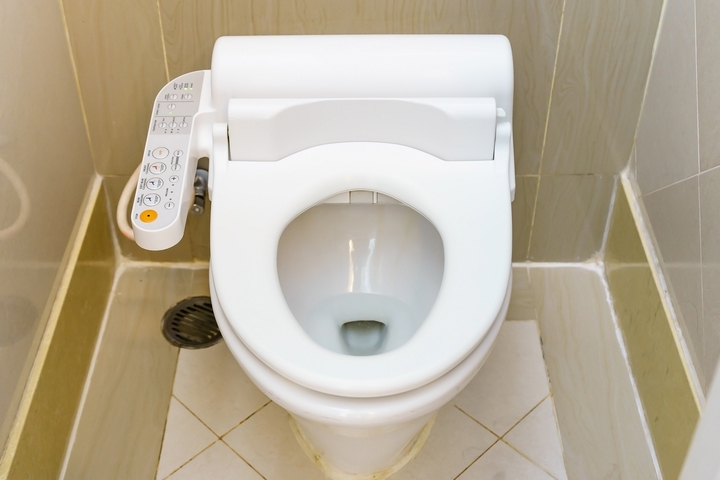
The design of a gravity-flush toilet pushes water from the toilet tank as you press the flush button directly into the bowl. The waste is then pushed through the trap way instantly. A gravity-flush toilet is quiet, is very easy to maintain, has very few parts, and rarely gets clogged. They’re incredibly advantageous and preferred by a lot of households.
Type #5: Back-To-Wall Toilet
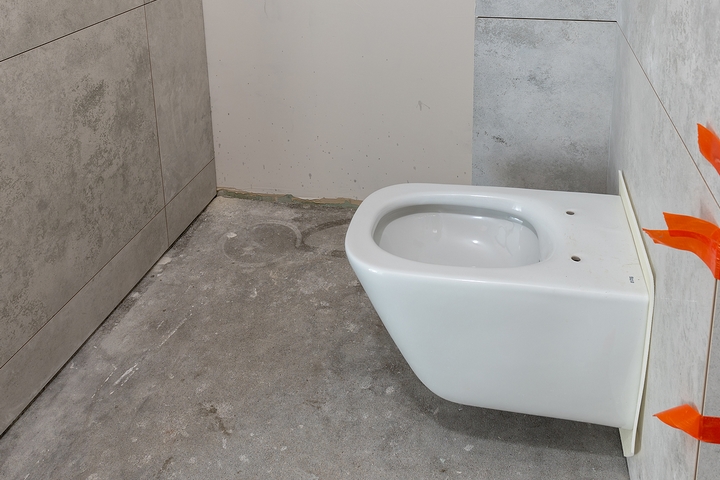
A back-to-wall toilet is when the toilet bowl is affixed with the cistern hidden inside the wall. It’s a very stylish and contemporary choice that saves space and is, fortunately, easy to maintain.
Type #6: Wall-Hung Toilet
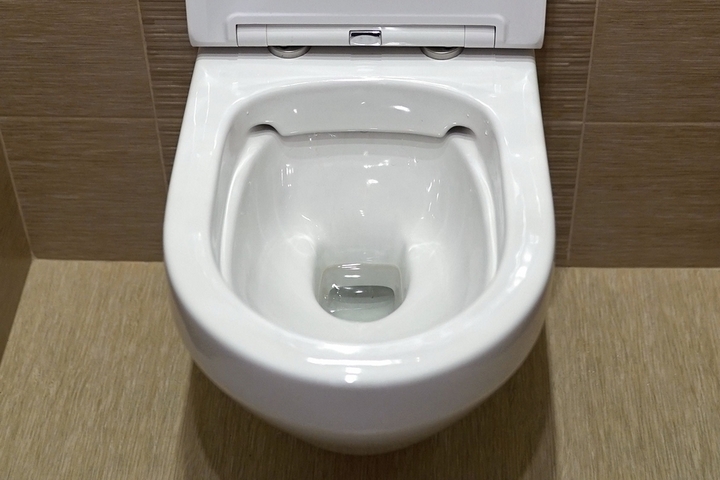
A wall-hung toilet is another stylish, modern type of toilet that builds the water tank into the wall. Wall-hung toilets have some disadvantages, though. They were expensive. They’re tough to install, necessitating the involvement of a professional plumber. However, they are easy enough to keep maintained, clean, and sanitized.
Type #7: Pressure-Assisted Toilet
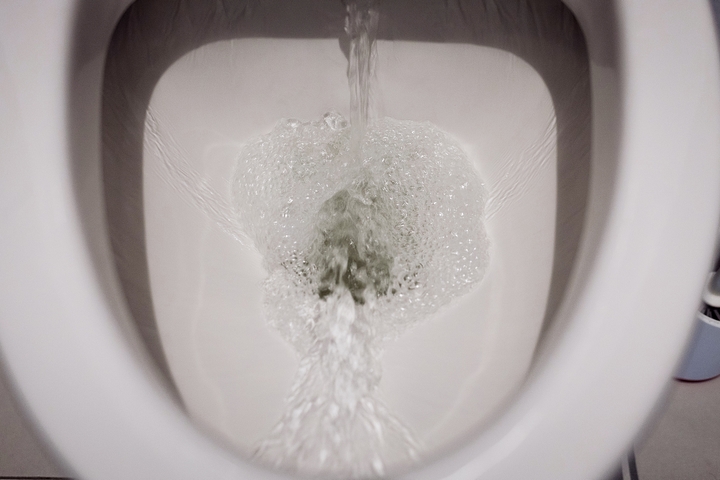
A pressure-assisted toilet uses pressurized air to force water into the toilet tank. For homes with families, roommates, or several people, where you know the toilet will be used more frequently, a pressure-assisted toilet means no double flush and better water conservation. However, the only downside is that they are much noisier than the average toilet.
Type #8: Upflush Toilet
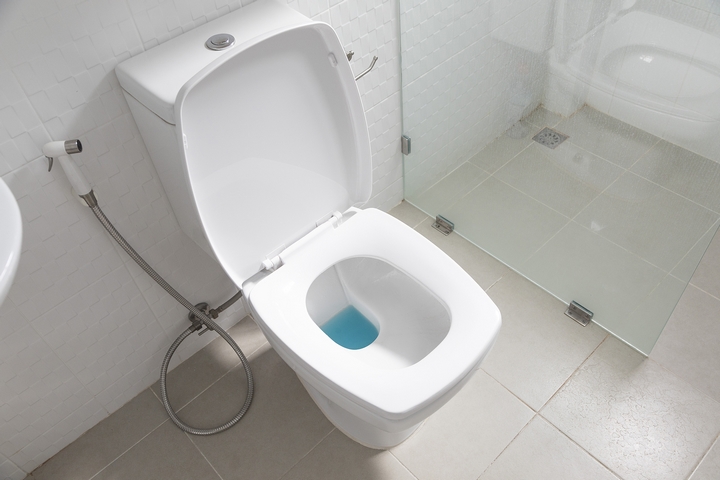
An upflush toilet does not require drilling holes into your floor or installing complex plumbing. Upflush toilets are mobile, can fit anywhere on a property, and use a ‘macerator toilet unit’ to discharge the materials. This type of toilet is likely not suitable for every household, but for some, it can assist in turning unused or undeveloped spaces into something more meaningful.
Type #9: Compost Toilet
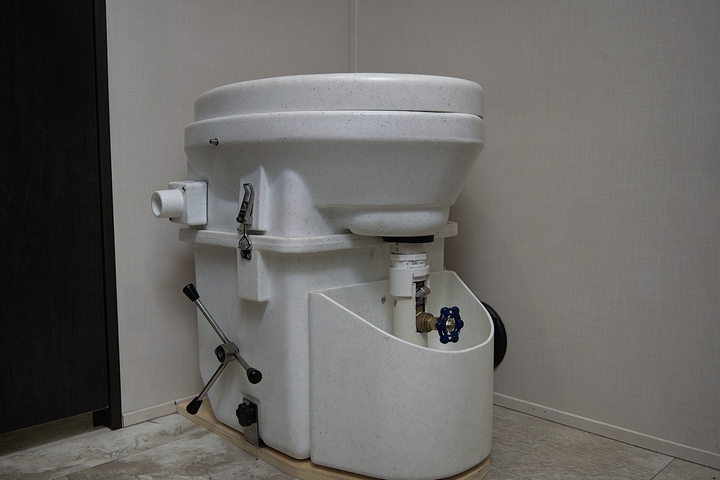
A compost toilet uses composting to treat human waste. Bulking materials – i.e. sawdust, wood chips, or peat moss – are used after each use. The finished product is easily handled and doesn’t create any unpleasant odours when done properly. Also, yes, a compost toilet can be used in certain contexts in a modern bathroom.
Type #10: Double-Cyclone Flush Toilet
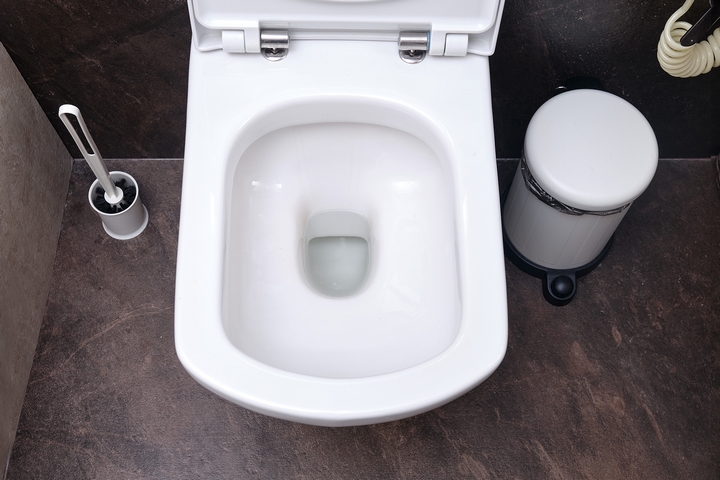
A double-cyclone flush toilet uses less water per flush. However, it has the same power as a full flush toilet. It uses less energy and is more water-efficient than a traditional toilet.
Type #11: Waterless Toilet
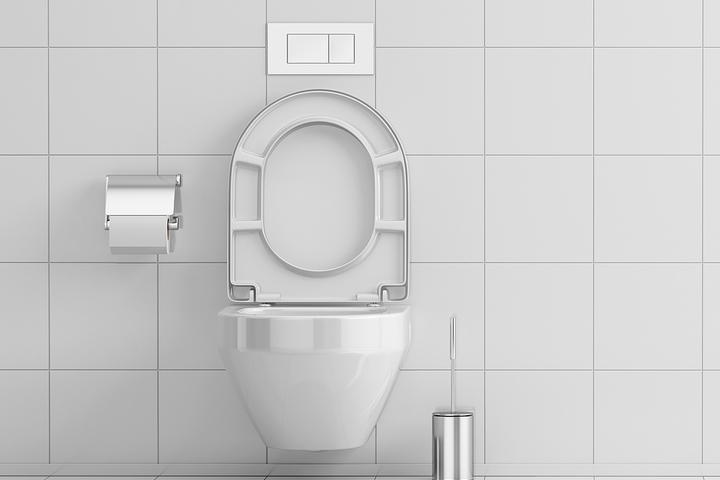
A waterless toilet is exactly what you think it is. It’s a dry toilet. No water is used for flushing. They’re predominantly common in areas with underdeveloped infrastructure or water deficiencies. A waterless toilet is unlikely to be a type you choose for your home, but they are occasionally used in the workplace and at outdoor event sites.
Type #12: Touchless Flushing Toilet
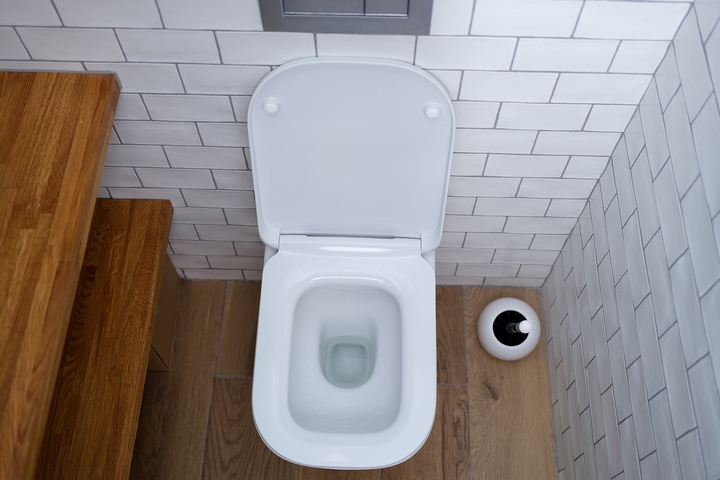
A touchless flushing toilet means no buttons, levers, or chains. It’s motion-sensor activated, all automatic. You will most likely find these in public restrooms and office buildings. However, residential models are available, including some with advanced tech features. Luxury properties looking to increase their bathroom appeal may look at high-tech super toilets, encompassing an array of features from adjustable stool height to heated seats, integrated bidet functionality, automatic deodorizing, built-in night light, Bluetooth speakers, and a touchscreen remote.

